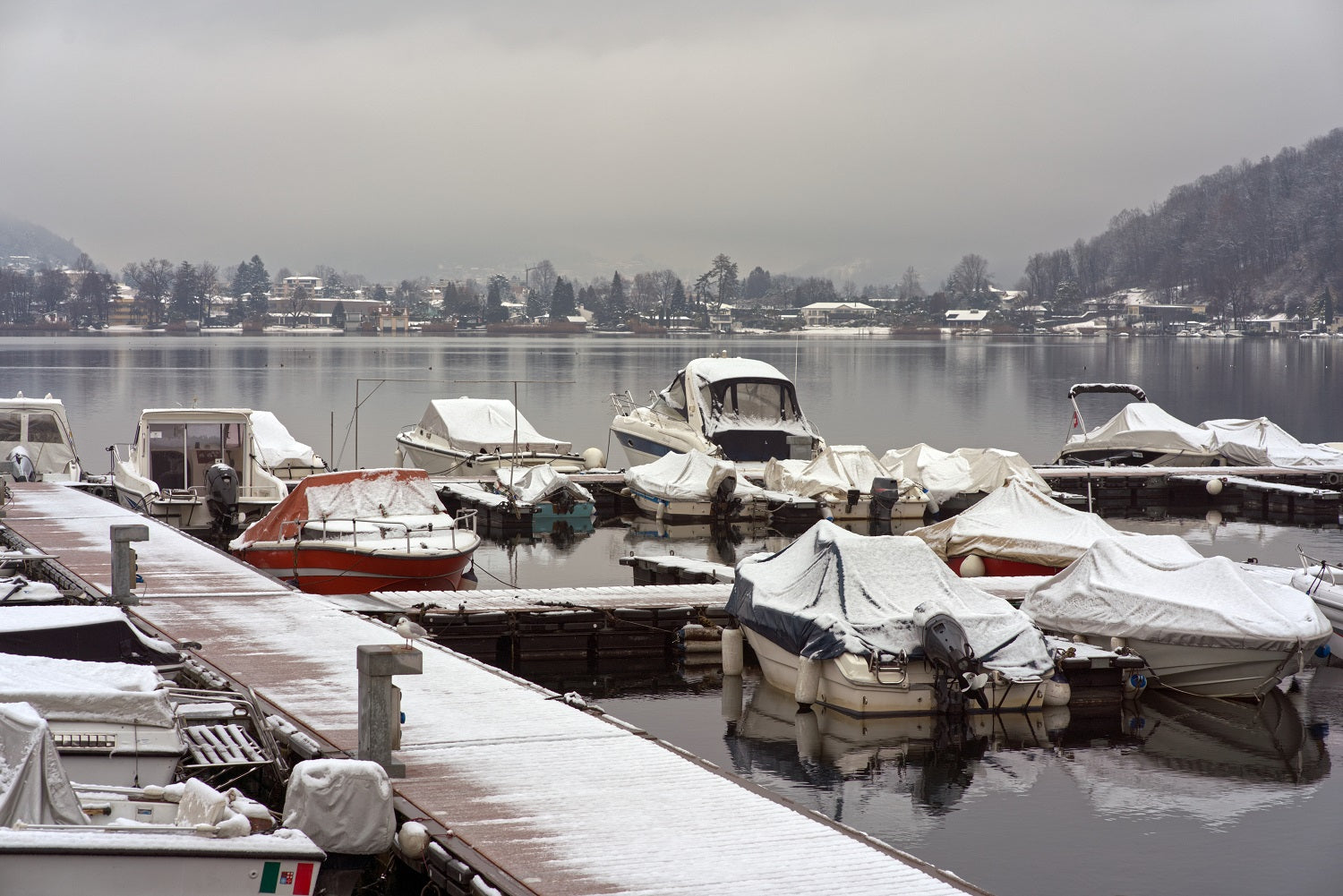You have no items in your shopping cart.
Winter is a magical season until you realize that you have to work with your resin in freezing temperatures. Whether you are trying to achieve a flawless finish or create beautiful resin art pieces, the cold weather can be a challenging obstacle to overcome. The most common question we receive in the winter is regarding the lowest temperature you can work with resin and still have it cure correctly. In this blog, we will dive deep and reveal everything you need to know about curing your resin in cold temperatures.
Warm Area and Resin
First things first, it's important to remember that every type of resin has unique specifications, which includes temperature ranges for curing. However, most resins' optimal curing and working temperature range from 70°F to 85°F (21°C to 29°C). If the temperature drops below 60°F (15°C), the curing process slows down, and the resin will not harden correctly. Therefore, we recommend keeping your resin and workspace at a minimum of 60°F during working time and curing time.
If, for any reason, your workspace is not above 60°F, the next option is to preheat the area before you begin. You can use a heater to warm up your workspace before and during the curing process. Place your resin and hardener in a warm bath until it is around 85°F. Remember to avoid direct heating methods to heat the area as that could cause the resin to overheat. Even with the use of a preheater, it's important to keep in mind that colder temperatures could still lengthen the curing time. The room must remain above 60°F during the entire cure time as well.
Be Patient
The key to successfully working with resin in cold temperatures is to be patient and allow for longer curing times. The curing time is directly related to the temperature, meaning that lower temperatures equal longer curing time. If you're using a resin with a specified curing time of 24 hours at 70°F-75°F, it may take up to 72 hours to cure in a 60°F-65°F temperature range.
Pay Attention to Curing Speed
Another important aspect to consider is the resin curing speed. Some resins have a faster curing process depending on hardeners. Polyester and vinyl ester resins require MEKP catalyst. You can add more MEKP in colder temperatures to speed up the curing process. It is important to remember not to use more than 2% MEKP by volume as this could causing cracking and overheating. Epoxy resins have different hardener speeds. A fast hardener can be used to speed up cure time but do not use more than recommended by the manufacture. We always recommend that you follow the manufacturer's instructions when it comes to curing time and hardening procedures. Despite the option to add more MEKP or using a fast speed curing hardener for epoxy resin, you cannot work in temperatures lower than 60°F and get a good cure.
Cold and Humidity
Lastly, it's important to note that some environmental factors, such as humidity, can delay the curing process. High humidity can lengthen the curing time because the moisture can interfere with the hardening process. It's best to avoid using your resin mixes on a rainy or humid day. Moreover, if the humidity is high in your workspace, try to control it with a dehumidifier.
Conclusion
In conclusion, working with resin in cold temperatures is challenging, but with a little patience and understanding of the science behind it, you can achieve magnificent results. Remember to keep the resin, hardener and workspace at a minimum temperature of 60°F, preheat the area if necessary and make sure it stays above 60°F during working and curing time and monitor the humidity level. If you want to work with resin in colder temperatures, it is possible. Just remember that it requires extra time and effort. Don't let the cold weather limit your creativity!
comments (2)
-

-
 John Daynes
John DaynesA friend started fiberglassing in his garage and the fumes circulated into his house. His wife gave the project the boot into -15C. Weather. It’s now sitting. It’s now sitting in My shop with a woodstove. It sat outside for 2 days before he brought it here. It’s still liquid in places. Any chance that it could still cure?










@John- It should continue to cure once the temperatures get above 65 degrees.